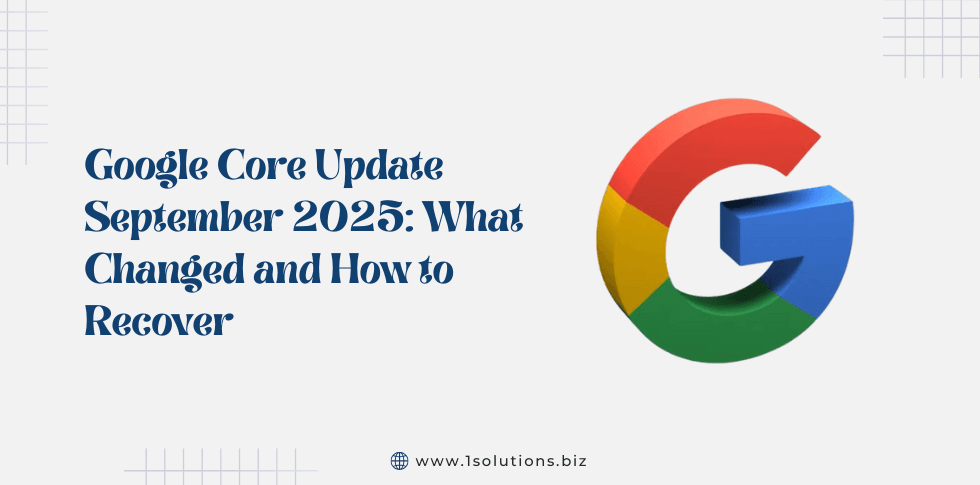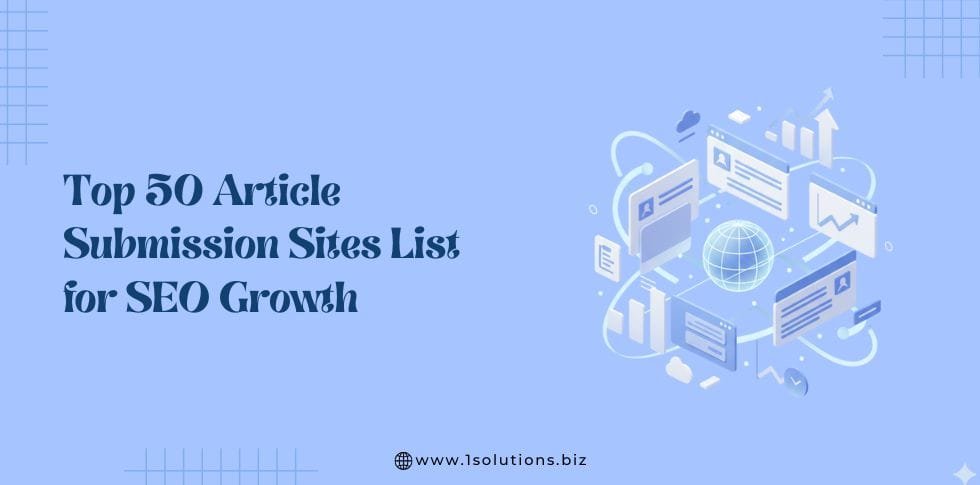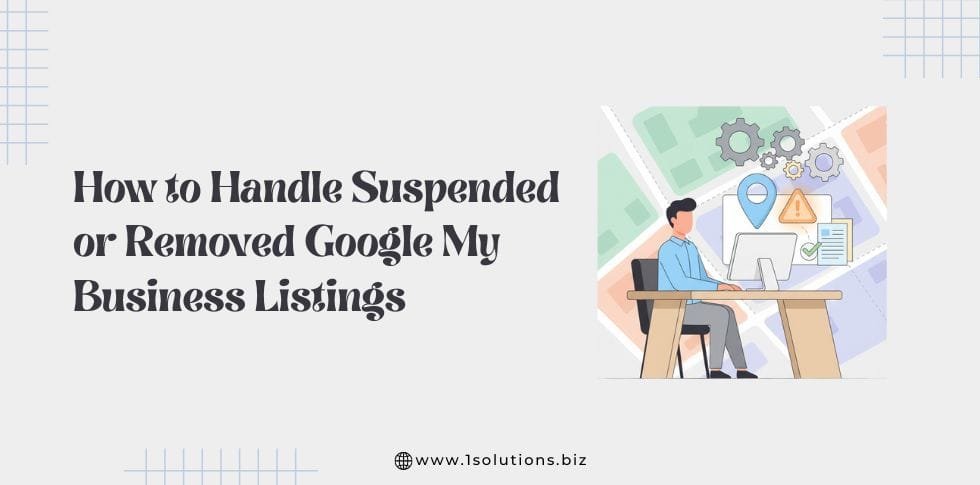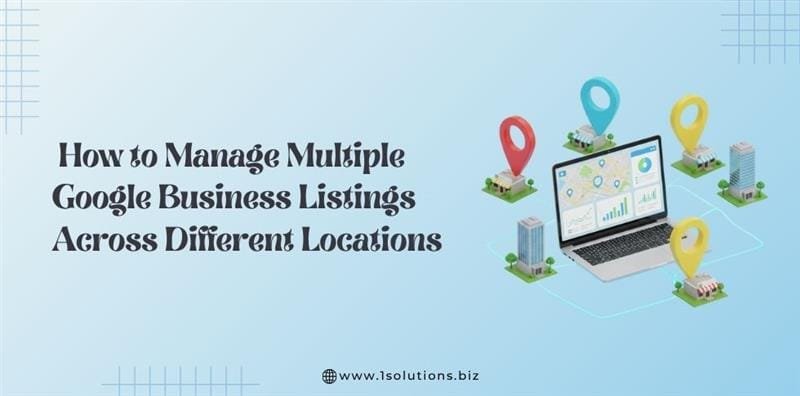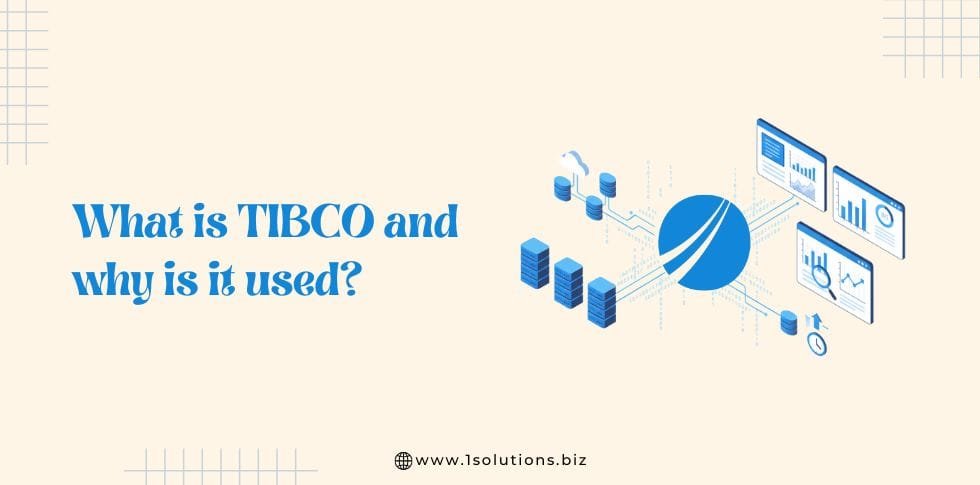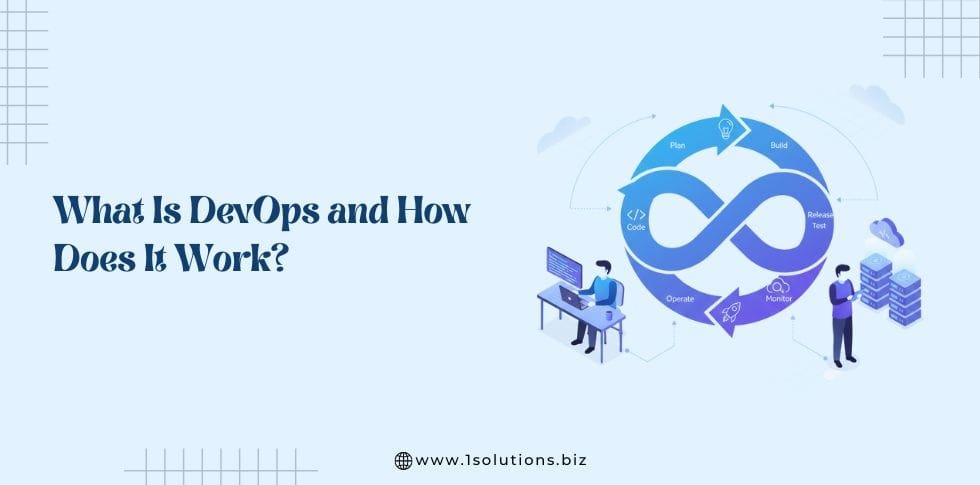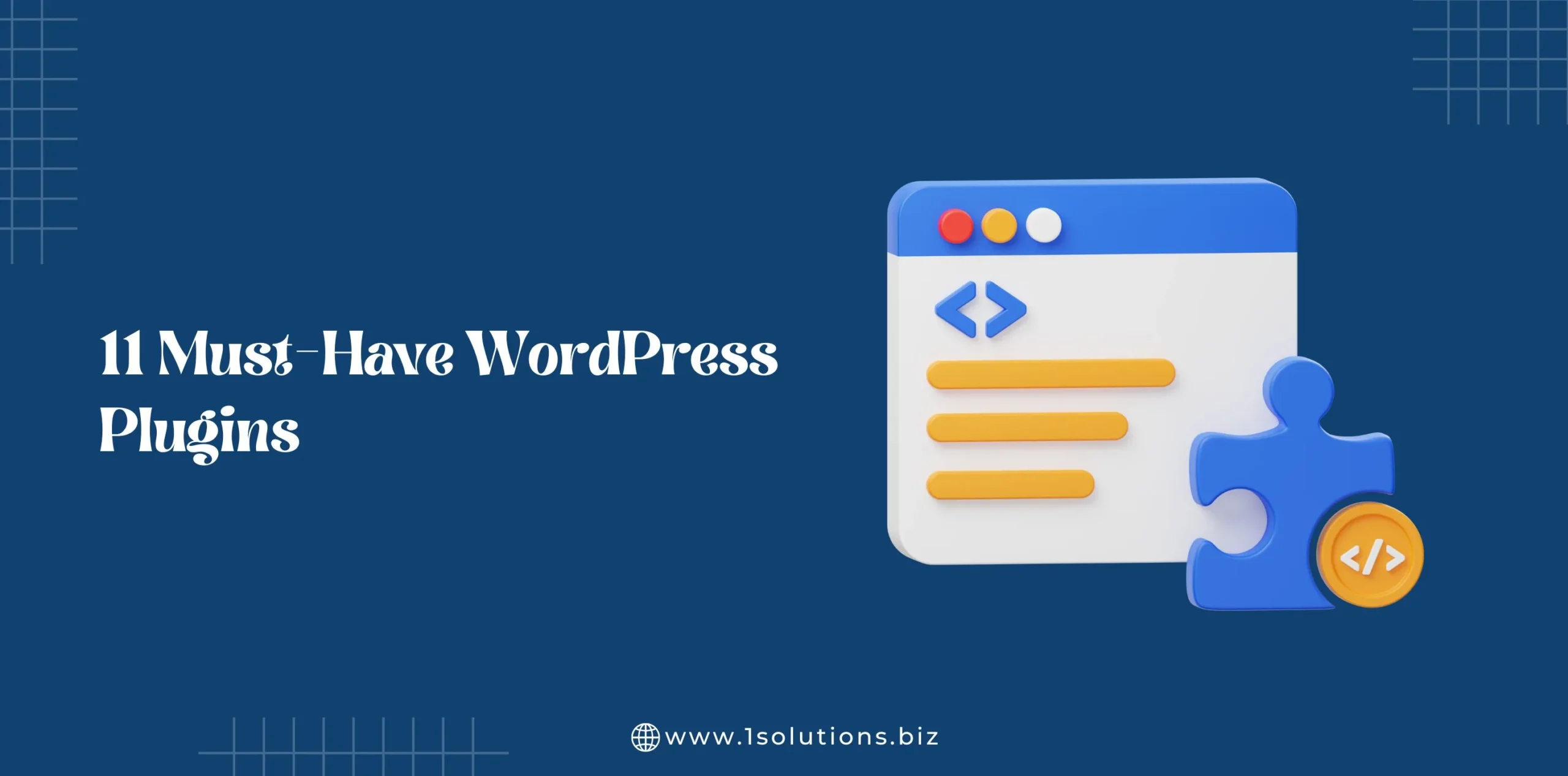Google regularly makes broad changes to how search works through core updates. These updates reweight ranking signals, improve how search understands user intent, and aim to surface more helpful and relevant content. For site owners and marketers, this means the SERP landscape can shift, sometimes subtly, sometimes dramatically.
The September 2025 Core Update is one of the biggest moves of the year. The search ecosystem saw widespread volatility across verticals, renewed emphasis on expertise and firsthand experience, and increased effects from Google’s AI-driven features in the results. Industry trackers reported major ranking swings, and publishers noticed changes to traffic patterns.
In this guide, we will explain what Google core updates are, walk through what changed, analyze effects across sites and industries, and give a practical, step-by-step recovery playbook.
How Google Rolls Out Core Updates
What is a broad core update?
A broad core update is a large, global change to Google’s core ranking algorithms. It is not a manual action against specific sites. Instead, it changes how signals are interpreted and weighted across the index. Google’s official guidance on core updates is consistent. When a core update happens, Google does not give a checklist of fixes because a wide variety of signals may be reweighted. Instead, they advise assessing content quality and improving pages where appropriate.
Typical rollout behavior
Rollouts can take days to weeks, and volatility often continues during and just after completion. Third-party trackers and tools such as Sistrix, AWR, and Moz often show large spikes in SERP movements.
Also Read: Google’s March 2025 Core Update: What It Means for Your Website
What Specifically Changed in September 2025
Google has not released a line-by-line list of changes. However, the combination of Google guidance and independent analysis lets us infer the major themes of the September 2025 update.
1. Stronger weighting of experience and first-hand expertise
Google’s push toward E-E-A-T (Experience, Expertise, Authoritativeness, Trustworthiness) continued. Experience, meaning first-hand and demonstrable knowledge, received more visible weight in several categories, particularly medical, legal, financial, and technical content. Site owners whose content was thin, generic, or heavily templated saw drops.
2. AI features in SERPs changed traffic distribution
Google’s AI Overviews and other generative features expanded their presence in some query types such as reviews, entertainment, and local queries. Early analysis suggests these features can reduce clicks to original pages because users get answers directly in the SERP. Publishers and local businesses reported drops in clicks for queries where AI Overviews appear.
3. Better detection of low-quality or programmatic content
Sites using mass-generated or template-heavy pages, including thin affiliate pages and low-quality product lists, experienced notable declines. The update appears to reward richly useful content while suppressing volume-based, low-value pages.
4. Reassessment of backlinks and reputation signals
While links remain important, the update nudged Google’s systems to look more at link intent and site reputation context. Some previously high-visibility pages with weak topical relevance or questionable linking practices saw reductions.
5. Vertical and geographic differences
Volatility was not uniform. News, health, finance, ecommerce, local services, and travel saw higher swings. Local pack and local intent queries experienced churn. Tools and trackers flagged multi-wave movements across regions.
Also Read: What Is Google MUVERA and How Does It Affect Your Website’s Ranking?
Who Won and Who Lost
Winners
- Sites with deep topical authority and demonstrable first-hand experience, such as case studies and original research.
- Pages that solve complex queries with clear, user-centered instructions and structured content.
- Websites that combine excellent content with strong user experience, including fast pages, good mobile layout, and clear navigation.
Losers
- Thin, templated, or mass-generated content farms and doorway-style pages.
- Pages that relied primarily on scraped content, poorly structured affiliate content, or filler without substantial user usefulness.
- Some large publishers reported declines in click volume on topics where Google’s AI features provide summaries directly in the SERP.
How This Ties Back to E-E-A-T
Google’s emphasis on E-E-A-T continues to be critical. The September 2025 changes make a few practical shifts:
- Experience matters more. First-hand insights, original reporting, and real examples help pages stand out.
- Expertise and authoritativeness are more tightly connected to topical depth and relevance than to generic author bios alone.
- Trustworthiness continues to rely on transparent sourcing, citations, and a clear value proposition for the user.
For recovery, this means focusing not just on on-page SEO but on demonstrating real value and credentials.
Also Read: Google E-E-A-T Content Quality Checklist For Higher Rankings
Practical Recovery Strategies
If your site lost rankings after the September 2025 core update, here is a prioritized and practical recovery playbook.
Baseline: Confirm and quantify the loss
- Map affected pages using analytics and rank tracking to identify drops by URL.
- Segment by intent and vertical to see which queries were hit harder.
- Check Google Search Console for impressions, clicks, and coverage issues.
- Cross-check tools such as Sistrix, AWR, or SEMrush to prioritize high-impact pages.
Content triage: fix what matters first
- Prioritize high-value pages such as those generating revenue or high traffic.
- Perform a content audit in three passes:
- Relevance and experience: Add case studies, original screenshots, data, or process descriptions.
- Depth and usefulness: Expand thin pages, add headings, bullet lists, FAQs, or tools.
- Signals of authority: Add author bios with credentials and clear sourcing.
- Invest in original research or data to make content unique.
Technical SEO cleanup
- Core Web Vitals and mobile UX: Fix issues affecting page speed, layout stability, and interaction.
- Indexation hygiene: Remove low-value pages with noindex or consolidate with canonical tags.
- Structured data: Use schema only where it genuinely applies.
- Crawl budget and site architecture: Ensure important pages are reachable within three clicks from the homepage.
Trust and reputation signals
- Author and site authority: Publish author pages with verifiable credentials.
- Citations and references: Link to primary sources and studies.
- Transparency and policies: Update About, Contact, and editorial policy pages.
Backlink and external validation
- Backlink audit: Identify toxic links and disavow if necessary.
- Earn authoritative links through industry journals, niche publications, or PR campaigns.
- Remove low-value partnerships that publish templated pages.
UX and engagement optimization
- Improve dwell time and task completion with scannable content, jump links, and clear answers.
- Internal linking: Create pillar pages linking relevant cluster content.
- A/B test content improvements for headlines, intros, or visuals.
Monitoring and iterative improvements
- Track organic traffic, impressions, CTR, and conversions.
- Conduct weekly audits for 90 days and prioritize pages with high recovery potential.
- Build reports to separate SERP-driven changes from site improvements.
Actionable Checklists
Content Audit Checklist for each priority page
- Is the content original and based on first-hand experience?
- Does it fully satisfy user intent with practical steps or examples?
- Are the authors and credentials visible and credible?
- Are primary sources cited and linked?
- Is the page mobile-friendly and performant?
- Are internal links from relevant pillar pages present?
- Is the schema applied correctly and honestly?
Technical SEO Quick Fixes
- Resolve Core Web Vitals issues, including LCP, CLS, and INP.
- Fix mobile layout and touch targets.
- Remove or merge thin pages with noindex or 301 redirects.
- Ensure canonical tags are correct.
- Audit robots.txt and sitemap.xml for unintended blocks.
What Changed and What You Should Do Now
The September 2025 update brought several important changes to Google’s ranking algorithm, and understanding these shifts is crucial for recovery.
What Changed
- Experience and first-hand content became more important: Google now favors pages that show real-world expertise, case studies, or personal insights.
- AI Overviews in search results: Some queries now show direct answers or AI-generated summaries, which can reduce clicks to traditional pages.
- Templated or low-value pages were penalized: Sites relying on generic, thin, or duplicate content saw drops in rankings.
- Reputation and link context were reassessed: Google now evaluates the quality, relevance, and trustworthiness of backlinks more carefully.
- Vertical volatility increased: Health, finance, local services, and ecommerce pages experienced more significant ranking shifts.
- YMYL content is under stricter scrutiny: Pages related to health, finance, or legal topics need verified credentials and authoritative sources.
What You Should Do Now
- Improve content with real examples: Add case studies, screenshots, detailed step-by-step guides, and author experience statements.
- Optimize for task completion: For queries impacted by AI Overviews, create content that solves problems, offers tools, or gives actionable instructions.
- Consolidate or rewrite thin pages: Merge low-value or templated content into higher-quality pages to demonstrate usefulness.
- Strengthen your backlink profile: Focus on acquiring authoritative, relevant links and remove or disavow low-quality or suspicious links.
- Verify credentials and sources: For YMYL pages, update author bios, cite primary sources, and consider third-party endorsements to boost trust.
- Monitor affected verticals carefully: Pay special attention to health, finance, local, and ecommerce pages to identify opportunities for improvement.
Also Read: Google AI Mode Explained: What It Means for SEO in 2025
Common Mistakes to Avoid
Recovering from a Google core update can be tricky, and many site owners make mistakes that slow down progress. Here are some common pitfalls to watch for
- Focusing only on rankings: Chasing keyword positions without considering user experience can give temporary gains but will not lead to long-term growth. Prioritize content that genuinely helps your audience
- Disavowing links without careful review: Not all low-quality links are harmful. Only remove or disavow links that are clearly spammy, and make sure there is evidence before taking action
- Over-optimizing for SERP features: Trying to game featured snippets, FAQ panels, or rich results without improving overall content quality can backfire. Make your content valuable first
- Publishing updates without adding value: Creating new posts or minor updates will not help. Focus on improving content depth, originality, and usefulness
- Ignoring E-E-A-T signals: Author credibility, site reputation, and transparency are more important than ever, especially for YMYL content such as health, finance, or legal topics
- Neglecting technical SEO: Even strong content can underperform if pages are slow, mobile-unfriendly, or have broken links. Core Web Vitals and proper site structure remain important
- Leaving thin or duplicate content: Pages that are templated, duplicated, or low-value can drag down your site. Consolidate or improve them to show Google your site is high-quality
- Not tracking performance regularly: Recovery does not happen overnight. Monitor traffic, rankings, click-through rates, and engagement to adjust your strategy quickly
- Weak internal linking: Pages that are hard to find or poorly linked will not benefit fully from content improvements. Make sure important pages are easy to navigate and connected
- Ignoring competitor strategies: Observing how other sites in your niche recovered or gained traction can provide valuable insights
FAQs About Google Core Update September 2025
1. What is the Google Core Update September 2025?
The Google Core Update September 2025 is a broad change to Google’s ranking algorithm that affects how websites are evaluated for relevance, quality, and authority. It focuses on rewarding high-quality content with firsthand expertise and improving search result accuracy across different industries.
2. How do core updates affect website rankings?
Core updates can cause significant ranking fluctuations for many websites. Pages that meet Google’s updated quality, experience, and trust signals may improve, while sites with thin, low-value, or templated content may see declines in visibility and organic traffic.
3. Which types of websites were most affected by the September 2025 update?
Websites in YMYL niches, such as health, finance, legal, and technical content, experienced the most impact. Local businesses, e-commerce stores, and content-heavy publishers also reported significant ranking shifts due to AI features and enhanced E-E-A-T evaluation.
4. How can I check if my website was impacted by the update?
You can identify the impact by analyzing your Google Search Console data for changes in impressions, clicks, and average positions. Third-party SEO tools like Ahrefs, SEMrush, and Sistrix can also track keyword volatility and SERP changes to pinpoint affected pages.
5. What are the most effective strategies to recover from this core update?
Key strategies include improving content quality, demonstrating firsthand experience, enhancing E-E-A-T signals, fixing technical SEO issues, optimizing user experience, consolidating thin content, and building authoritative backlinks. Monitoring performance and iterating are critical.
6. How long does it take to recover after a core update?
Recovery depends on the extent of the issues and the effort invested. Updates are broad, and Google may take several weeks or months to re-evaluate changes. Consistent improvements to content, UX, and authority can speed up recovery.
7. Do backlinks still matter after the September 2025 update?
Yes, backlinks remain important, but Google now evaluates link quality, relevance, and context more rigorously. Low-value or manipulative links may not help, while authoritative, topical, and relevant backlinks continue to improve your site’s trustworthiness and rankings.
Conclusion
Core updates like Google Core Update September 2025 are disruptive but recoverable. Google rewards useful, well-evidenced, and user-centered content. By focusing on real experience, technical health, and reputation signals, and by prioritizing high-impact pages, you can recover and improve your site.
1Solutions can help translate updated signals into measurable recovery roadmaps. Contact 1Solutions for a free SERP impact audit and a 90-day SEO recovery strategy.



















